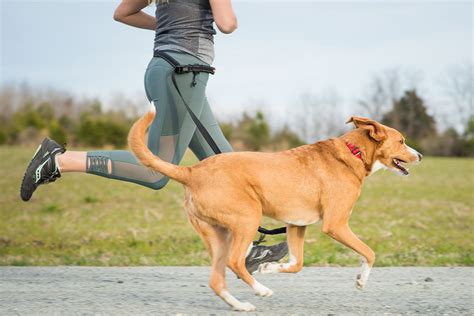Introduction

Dogs, our loyal companions, deserve the best life we can provide them. Ensuring their physical and mental well-being is crucial, and one of the most important aspects of this is regular exercise and fitness. Just like humans, dogs need to stay active to maintain a healthy weight, strong muscles, and a sharp mind. In this article, we will delve into the essential components of dog exercise and fitness routines, providing practical tips and insights to help you tailor a customized plan for your furry friend.
Understanding Your Dog’s Exercise Needs
The amount of exercise a dog needs varies depending on their breed, age, and overall health. The American Kennel Club (AKC) recommends a minimum of 30 minutes of daily exercise for all dogs, with some breeds requiring much more. Puppies and young dogs tend to be more energetic and may require up to 2 hours of exercise per day. Smaller breeds generally need less exercise than larger breeds.
Benefits of Regular Exercise for Dogs
Regular exercise offers numerous benefits for dogs, including:
- Weight management: Exercise helps dogs burn calories and maintain a healthy weight.
- Strong muscles and joints: Regular activity strengthens muscles and improves joint flexibility.
- Improved cardiovascular health: Exercise helps dogs’ hearts and lungs work more efficiently.
- Increased mental stimulation: Exercise provides mental challenges and releases endorphins, which boost mood and reduce stress.
- Bonding time: Exercising with your dog is a great way to strengthen your bond.
Types of Dog Exercise
There are various types of exercise that can be tailored to your dog’s needs and preferences. Some common options include:
- Walking or running: This is a great way to get your dog moving and explore different environments.
- Fetching: A classic game of fetch provides both physical and mental stimulation.
- Swimming: An excellent low-impact exercise for dogs who love water.
- Dog sports: Activities like agility, obedience, and flyball offer a structured and challenging workout.
- Puzzle toys: Interactive puzzle toys provide mental stimulation and encourage problem-solving.
Fitness Routines for Dogs
In addition to daily exercise, incorporating a fitness routine into your dog’s life can further enhance their overall health. Here are some suggestions:
- Warm-up: Start with 5-10 minutes of light exercise, such as a slow walk or gentle stretches.
- Workout: Gradually increase the intensity and duration of activity based on your dog’s abilities.
- Cool-down: End with 5-10 minutes of lower-intensity exercise, such as a walk or some light stretching.
- Frequency: Aim for 2-3 fitness sessions per week, increasing the frequency gradually.
Common Mistakes to Avoid
- Overexercising: Pay attention to your dog’s body language and cues. If they seem tired or uncomfortable, stop exercising immediately.
- Exercising in extreme weather: Avoid exercising your dog during very hot or cold temperatures.
- Feeding before exercise: Wait at least 30 minutes after feeding before exercising your dog to prevent bloat.
- Ignoring your dog’s breed or age: Consider your dog’s breed and age when planning exercise routines.
Conclusion
Regular exercise and fitness routines are essential for maintaining the health and well-being of dogs. By understanding their exercise needs, choosing appropriate activities, and incorporating a fitness routine, you can help your dog live a long, happy, and fulfilling life. Remember to consult with your veterinarian to determine the best exercise and fitness plan for your furry companion.





















